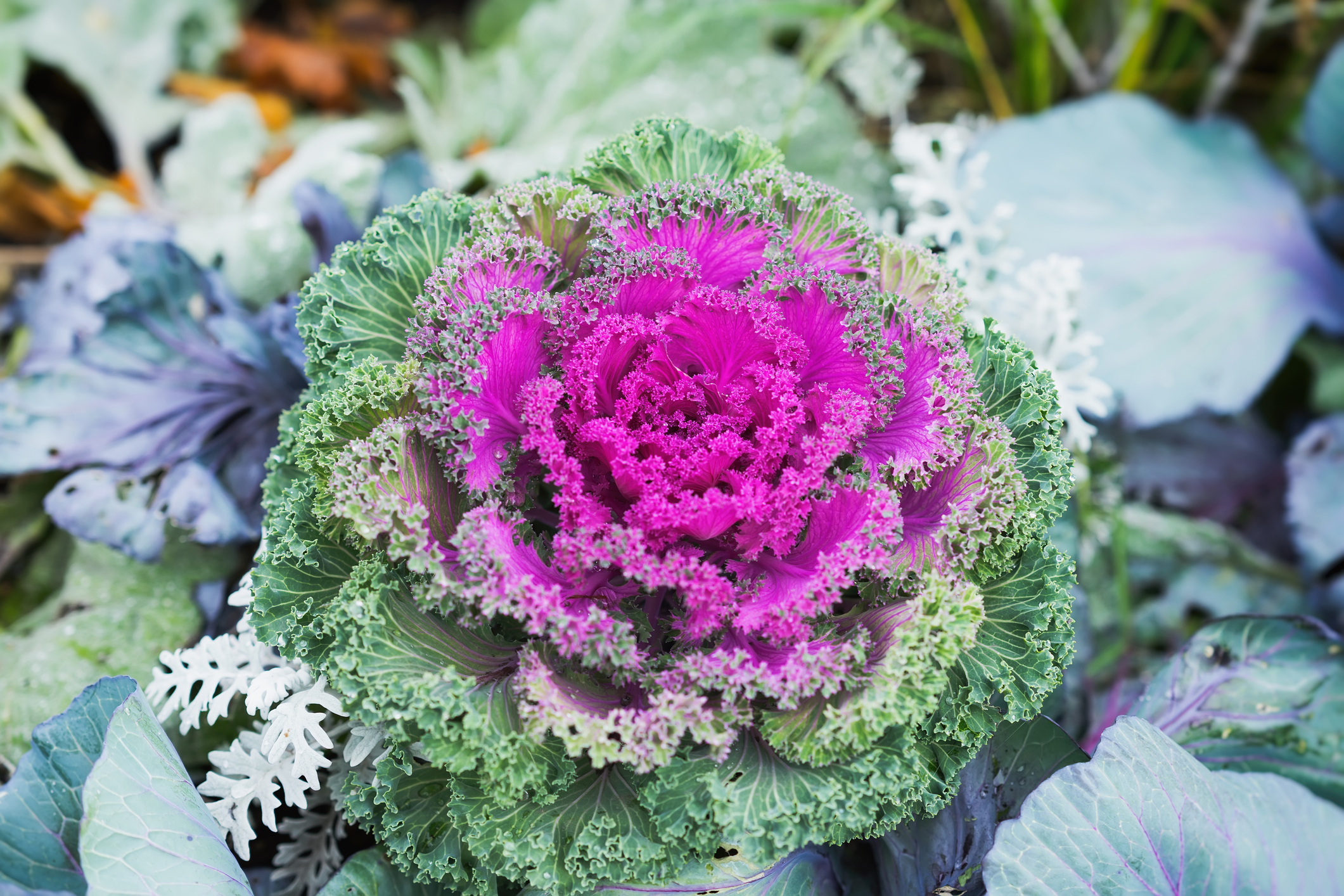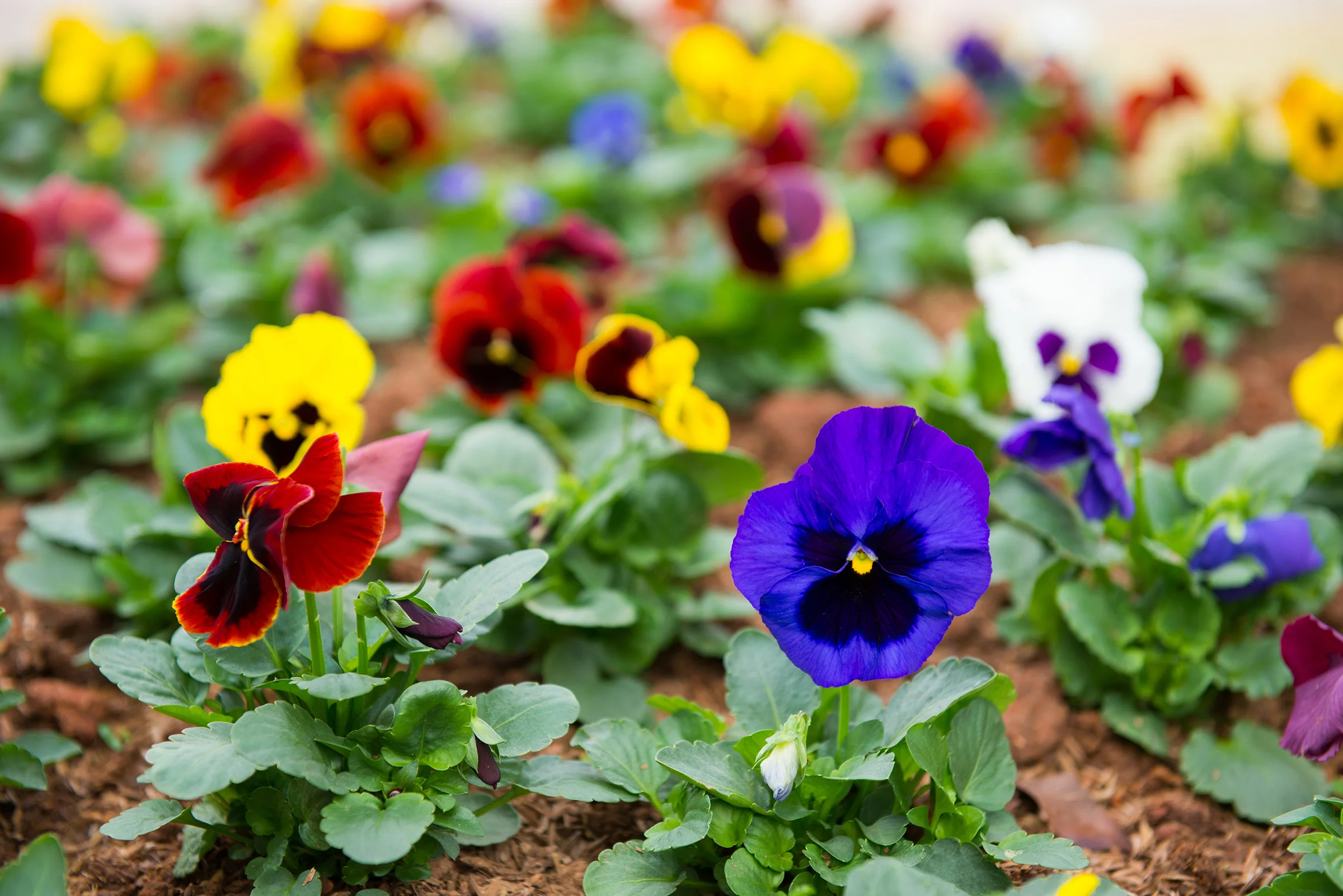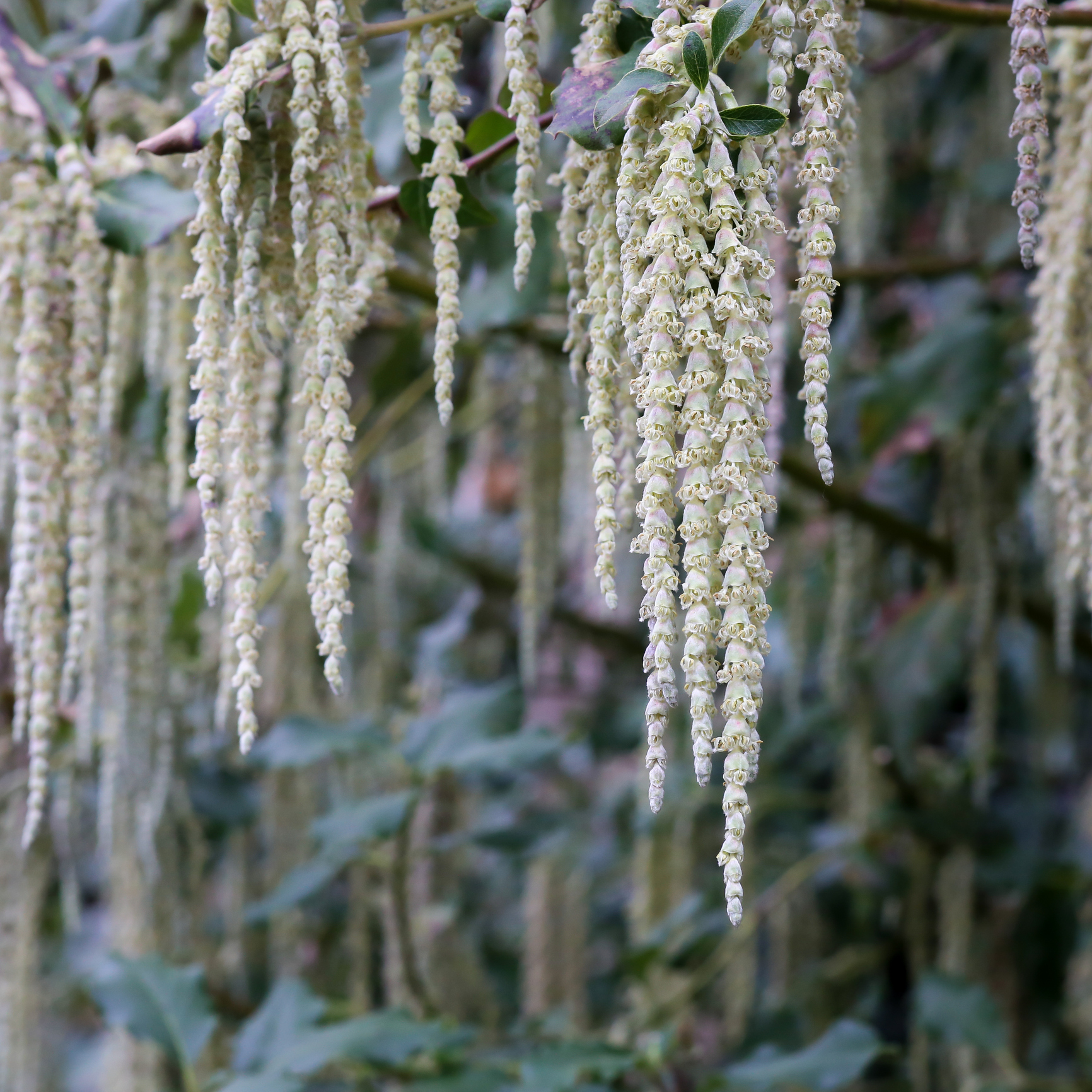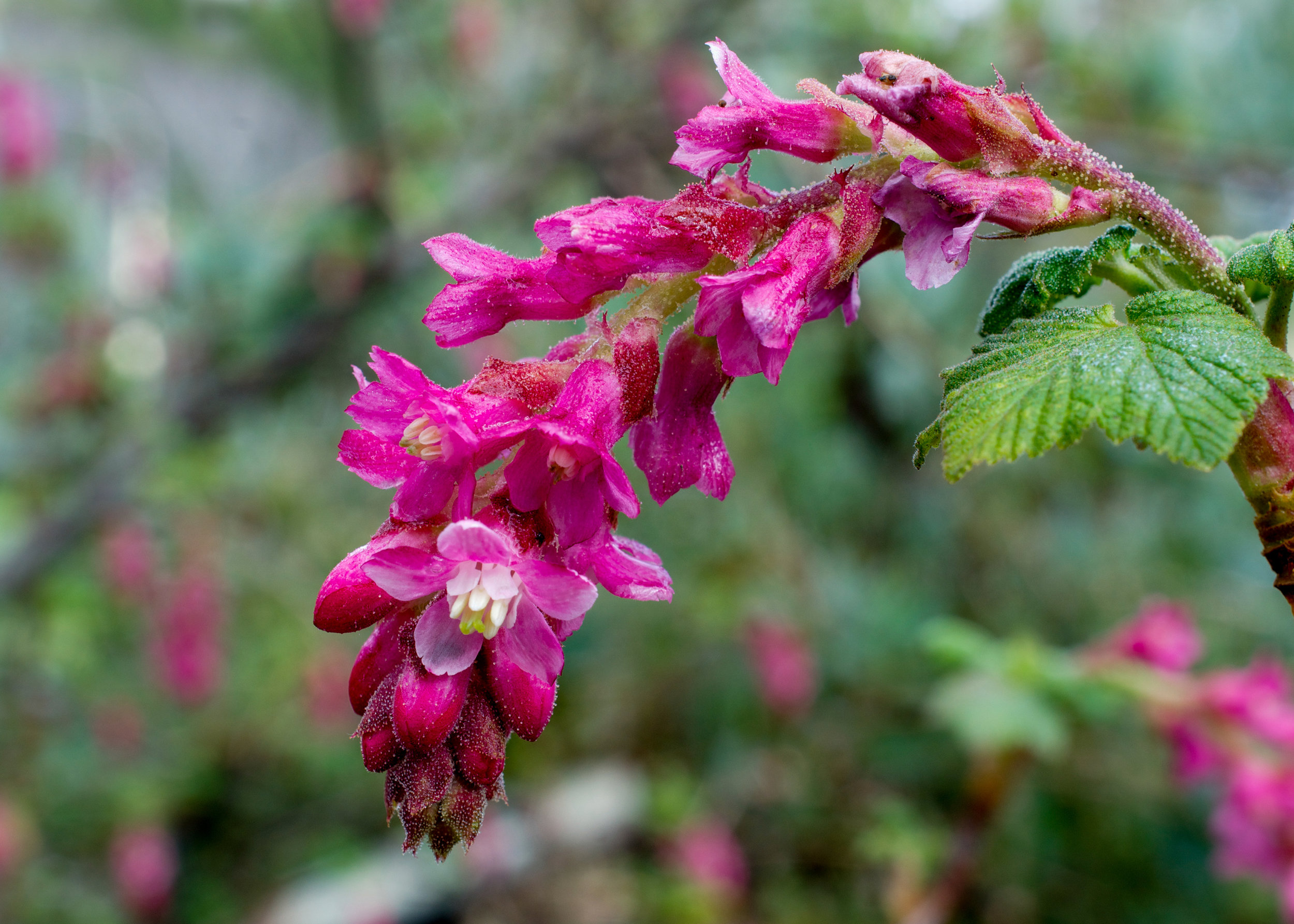10 Winter-Flowering Plants for Your Pacific Northwest Garden
As summer fades into fall and winter quickly approaches, many gardeners are starving for color in their yards. Luckily, there are several flowers, shrubs and trees that can bring some brightness back into your landscape. Here are our 10 favorite winter-flowering plants for the Pacific Northwest.
1. Ornamental Cabbage and Kale
Ornamental kale and cabbage (also known as flowering kale and cabbage) are close relatives to their edible counterparts but these gorgeous plants were bred for color, not taste. They don’t produce flowers - all the color is within their ruffled leaves that are green at the edges and gradually transform to purple, blue and white nearing the center. Ornamental kale and cabbage look great in container gardens and can add color to your pathways and deck as cooler weather approaches.
2. Helleborne
Hellebornes (also known as Christmas rose or Lenten rose) are perennial flowers that aren’t commonly known, but are a winter staple for garden enthusiasts. Their delicate blooms appear in fall and come in lots of colors: from pastel pink and yellow to deep purples, and even black!
Hellebornes hearty little plants are neglect and drought tolerant. They are easy to establish, though they do prefer plenty of water and well-draining soil. Do a little research before shopping to determine which variety of helleborne is ideal for your garden, as some flower in late fall through winter and other varieties in blossom in spring.
3. Heather
The winter-flowering heather is an evergreen plant with colorful swatches of pink, purple, red and white to brighten your landscape. Bees will be thankful for this addition to your garden, as heathers provide a pollen source that is rare in winter months. Heathers are also low-maintenance plants, doing well in planters or the ground as long as they have access to moist, well-draining soil.
4. Pansies
A classic cold weather annual for planter boxes everywhere, pansies have proven their winter tolerance repeatedly. Weather conditions are the biggest influence on the length of a pansy’s flowering period, but you can encourage blooming through winter by removing dead heads and choosing an area that has plenty of light and shelter from wind. With the right care, pansies will last you from fall through spring.
5. Witch Hazel or Winterbloom
Hamamelis (also referred to as witch hazel or winterbloom) is a small deciduous tree that can reach 15-20 feet tall. Three species of witch hazel are native to North America: H. ovalis, H. virginiana and H. vernalis. With clusters of wiry yellow flowers that bloom in fall and last through winter, witch hazel is a well-loved wintertime plant.
Tip: Witch hazel is used in medicine, most commonly as an astringent. You can create your own witch hazel astringent by boiling down witch hazel bark, distilled water and vodka. For the full recipe check out How to Make and Use Your Own Witch Hazel Tonic.
6. Winter Camellia
Camellia sasanqua (known as winter camellia) is a flowering evergreen shrub with blooms that begin in fall. Winter camellia’s large fluffy flowers come in pink, red, orange, yellow or white and can bring bold color to your yard against a muted fall landscape. Winter camellia only grows in Hardiness Zones of 7-9 (the Pacific Northwest coast is zone 8), making it a beloved plant among gardeners within the area.
7. Winter Daphne
Winter daphne is an evergreen shrub. It produces light pink flowers that begin blooming in winter and last through early spring. In addition to a pop of color, winter daphne provides a powerful fragrance that will remind those who smell it that spring is coming! Plant winter daphne in an area where it will receive at least partial sun and have access to well-draining soil.
8. Clematis
Winter clematis’ creamy bell-shaped blooms make it a true winter treasure! Winter-blooming clematises are either evergreen or semi-evergreen, providing year-round coverage for trellises, fences and buildings. Clematis cirrhosa (known as wisley cream) is a classic favorite, blooming as early as October and lasting through March. Another fun variety for your yard is Clematis cirrhosa var. purpurascens, which features white blooms with magenta speckles.
Winter clematises do not like moist soil, which can be a challenge during the Pacific Northwest winter. To increase success, choose an area that faces south or west, preferably under an eave, to reduce water in the soil.
9. Silk Tassel Bush
A native to northern California and southern Oregon, the silk tassel bush is a true showstopper! It flowers in late winter through spring and features long, cascading strands of white flowers up to 12 inches long that hang from its branches. When choosing a place to plant, keep size in mind. The silk tassel bush can grow up to 12 feet tall and wide.
10. Chaparral Currant
A close relative to the later-blooming native Oregon current (Ribes sanguieum), the chaparral current is native to California and blooms from December through March. It features soft green foliage, bright pink flowers and a pleasant fragrance – and provides a promise of spring. It’s a great source of pollen, so native hummingbirds and bees love this plant! Chaparral currants need partial shade with adequate space for growth. They can get up to 5-10 feet tall.
Winter Plant Care
Winter blooming plants are a treat and treasure for gardeners in the Pacific Northwest. They can add fragrance, color and texture to your landscape, and also are a living reminder of the richness and promise of spring. Get your garden started right and help your plants succeed. Use a slow-release fertilizer such as Clean Water Grow for consistent food all season long. It feeds your plants right when they need it and lasts up to six months.










